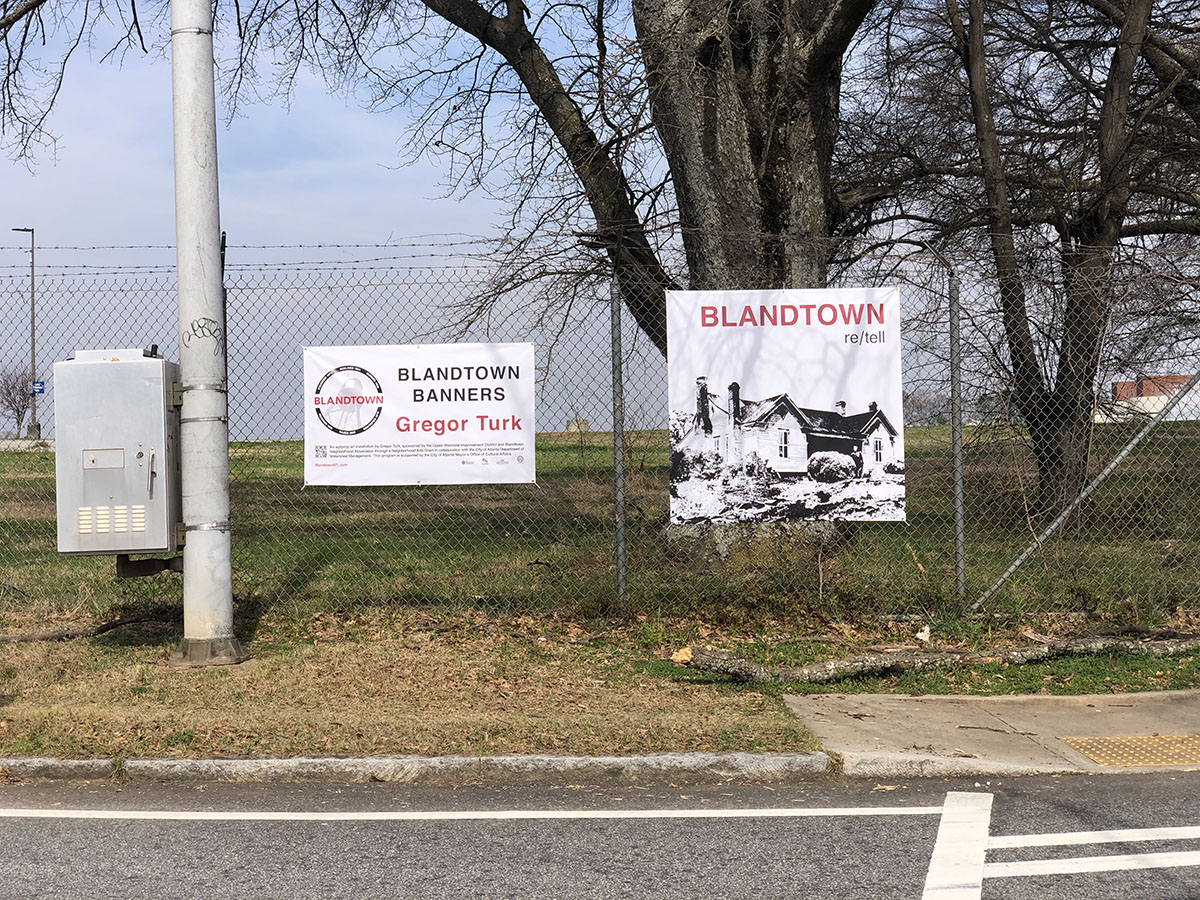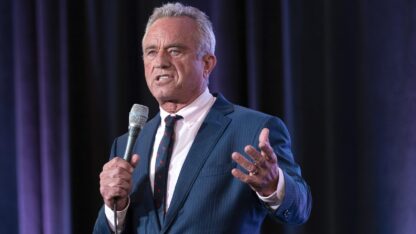The Blandtown area of Atlanta was anything but bland. The neighborhood was a thriving Black community from 1872 until the 1950s. The artist Gregor Turk spends much of his time in Blandtown at his studio. He has mounted an outdoor photo exhibition in the upper westside neighborhood around Howell Mill road and Huff Road to raise awareness of our city’s complicated past concerning race. The photo installation is called “Red, White, and Black” and it is hung along the fence surrounding the Atlanta Waterworks. Turk joined “City Lights” host Lois Reitzes to talk about this little-known history.
Interview Highlights:
Blandtown takes its name from a man named Felix Bland:
“Felix Bland was the son of Samuel and Viney Bland. And back during the short period of Reconstruction, they were able to buy four acres of land for about $200 and the neighborhood was named after Felix.”
Blandtown at its peak:
“I think it’s interesting to note that the neighborhood thrived despite its surroundings. This was a neighborhood that African-Americans bought and owned their own land, which was not rental property. The price of that came with what you might call an undesirable neighborhood. It was completely surrounded by three railroads. You had a couple slaughtering houses at the top of the hill. You had a rendering plant at the bottom of the hill, along with a fertilizer plant. It grew somewhere between 200-300 homes,” said Turk. He continued, “It was thriving in the sense that African-Americans owned the properties themselves.”







